Stem Cell Therapy for Autistic Child
Written by Dr. David Greene, MD, PhD, MBA on August 21, 2025
The US Leader in Stem Cell Therapy, Now in Mexico. Treatments start at $3750 for 25 million stem cells!
Special Promo: Get an additional 25 BILLION Exosomes IV with treatments over 50 million cells!”
The US Leader in Stem Cell Therapy, Now in Mexico. Affordable treatments start at $3750 for 25 million stem cells!
Special Promo: Get an additional 25 BILLION Exosomes IV with treatments over 50 million cells!”
Written by Dr. David Greene, MD, PhD, MBA on August 21, 2025
Stem cell therapy for autistic children aims to reduce inflammation, improve neurological function, and enhance behavioral outcomes. Studies using mesenchymal stem cells (MSCs) show potential benefits in language, social skills, and cognition, but the therapy remains experimental. Clinical approval requires more large-scale trials to confirm safety and efficacy.

“Is There Something Else We Can Try?” – The Pulse of Every Parent’s Heart
I’ll say it straight: Being the parent of an autistic child means living on a carousel of questions. Every new therapy on the block promises the moon. “Is this real?” “Can it hurt my child?” “Will this finally help?” These questions echo down clinic halls and across internet forums, whispered between coffee sips by worn-out, hopeful parents.
Now, a new possibility buzzes everywhere: stem cell therapy. It sounds almost secret-lab sci-fi, right? Words like “regenerative medicine” and “cellular repair” float around, making it sound like a fix-all.
But let’s get one thing clear—the conversation about stem cell therapy for autism is real, highly charged, and sometimes, a little confusing. Whose voice should you trust: a doctor, a clinic, a stranger on Reddit, or a glossy ad for miracle cures? Families are leaping borders and emptying savings for a shot at hope. And one clinic at the center of this wave is R3 Stem Cell Mexico.

So, what’s the deal with stem cells? Here’s the no-fluff answer. Stem cells are a type of building block in our bodies. Doctors are learning how to direct them to fix stuff—like damaged nerves in the brain, or spark new connections in areas that aren’t firing as they should.
With autism, the thinking goes like this: maybe, just maybe, these stem cells could help regenerate neural tissue, support better brain development, or calm down the kind of wild neuroinflammation doctors spot in autistic children.
Researchers and clinics use a basket of words: regenerative, non-invasive, experimental, promising, even controversial. Clinics like R3 Stem Cell Mexico promote treatments that are said to target autistic behaviors, improve brain function, and reduce behavioral symptoms—sometimes with claims you can’t ignore.
Is this the BIG MOMENT? Hold onto your hat (or, you know, your parenting manual), because now we have to step into the numbers—and they don’t always tell the same story as the hope.
A meta-analysis published in Frontiers in Pediatrics (2022) reviewed 5 studies up to July 2021. It found:
Here’s a TWIST: No major safety red flags were found. The analysis reported, “No significant difference in the incidence of adverse reactions between the stem cell group and the control group.” (Frontiers in Pediatrics, 2022)
Most common issues? Fevers, headaches, a few cases of hyperactivity. No child turned into a Marvel superhero—nor did anyone suffer a major event due to the therapy.
Clinics like R3 Stem Cell Mexico claim to administer stem cell therapies designed with safety as a priority. They say their protocols are informed by scientific research and keep a close eye on children as the therapy is delivered. The buzz is real. Parents want solid protocols, experienced staff, and regular updates on progress—whether the outcome is dramatic or subtle.
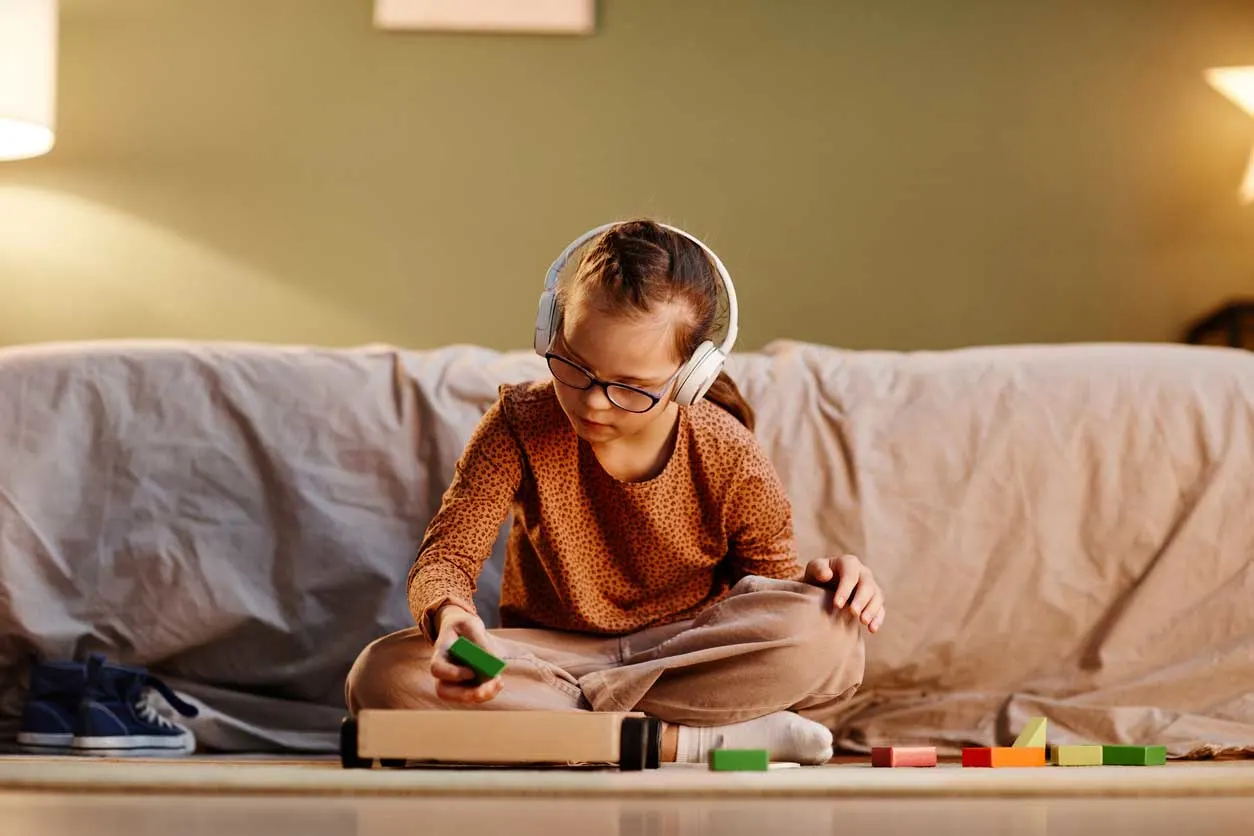
Because families are endlessly determined. For every parent who jumps on a plane to Mexico, there’s a reason. Traditional therapies can stall. Early childhood intervention helps, sure—but some kids plateau. For families, hope doesn’t have an “off” switch. Words like regeneration and improvement light up their radar.
Is this the BIG MOMENT? Hold onto your hat (or, you know, your parenting manual), because now we have to step into the numbers—and they don’t always tell the same story as the hope.
Parent Question
Clinics/Researchers Address…
“Is it safe?”
Ongoing trials; monitoring protocols
“Will it work for my child?”
Mixed outcomes; some positive trends in studies
“Is it an alternative or an addition?”
Both paths offered
“How do I know it’s real research?”
Published studies, transparent protocol sharing
Do Clinical Trials Back the Buzz? (Or Are We Buying Hope?)
Not every glittering promise survives the microscope. Sure, therapy adverts and well-lit websites—like what you’ll spot at R3 Stem Cell Mexico—shout about breakthroughs. But let’s cut through the noise and stack up hard research against everyday realities.
You’re probably wondering: “Are parents getting their hopes up for nothing?” “What does the medical world really know—right now—in 2025?”

Alright. Here’s how numbers, percentages, and protocols from top clinical trials stack up:
Meta-analysis from Frontiers in Pediatrics (2022):
Took a close look at 5 studies, all the way to July 2021.
Key score: Childhood Autism Rating Scale (CARS) improved by nearly 6 points (specifically, –5.96; 95% confidence interval: –8.87, –3.06; p < 0.0001) for kids who got stem cell treatment.
Stem Cell Reviews and Reports (2022):
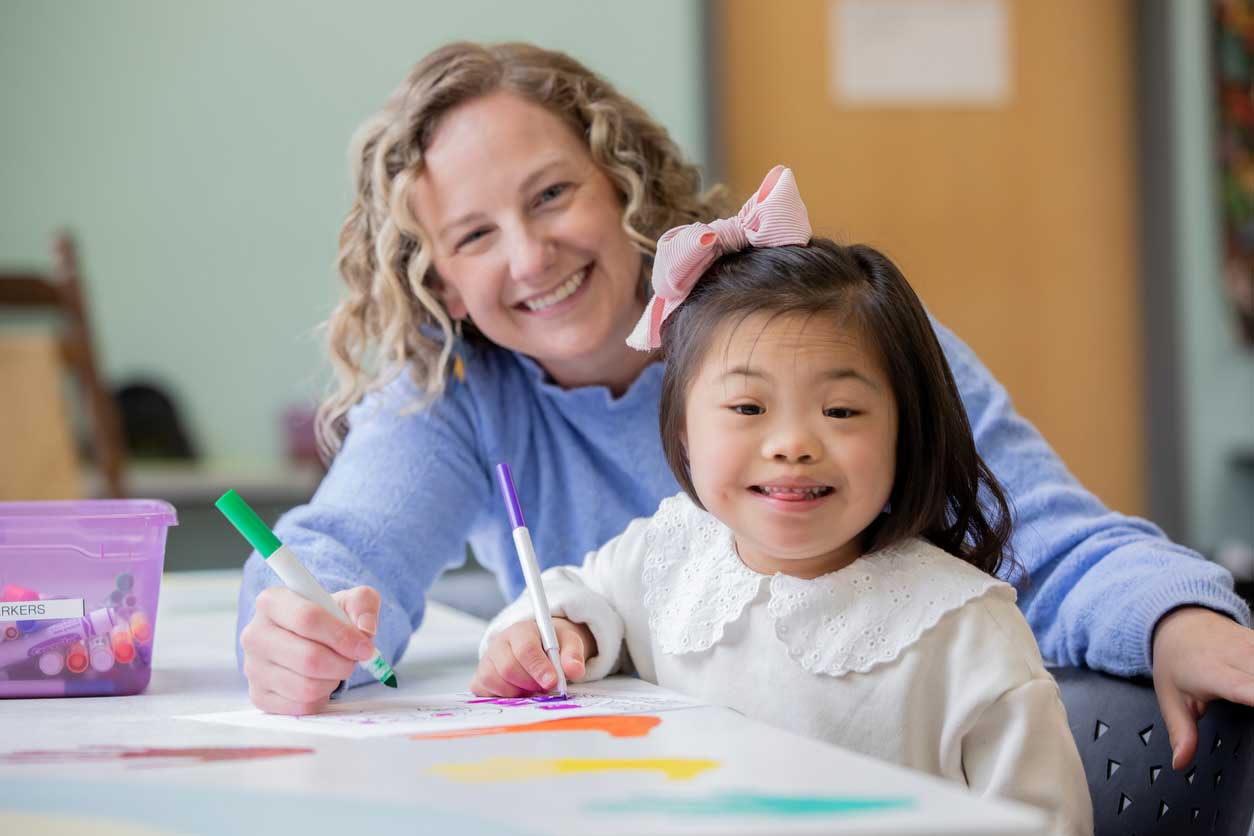
Let’s get real—every clinical trial stat is a child, a parent, and a mountain of hope (or dashed optimism) sitting in the waiting room. It’s messy. Parents report big wins: “My child can concentrate longer!” “She started making eye contact!” But not every story shines; for some, progress is subtle, maybe even invisible in day-to-day school life.
Some families see their child’s attention, behavior, or social skills improve after stem cell infusions in Tijuana or similar clinics, including R3 Stem Cell Mexico. But plenty say: “Not much changed, except our bank account.”
Therapists and doctors urge lots of caution: no FDA approval, not enough follow-up, research still at an experimental, baby-steps stage.
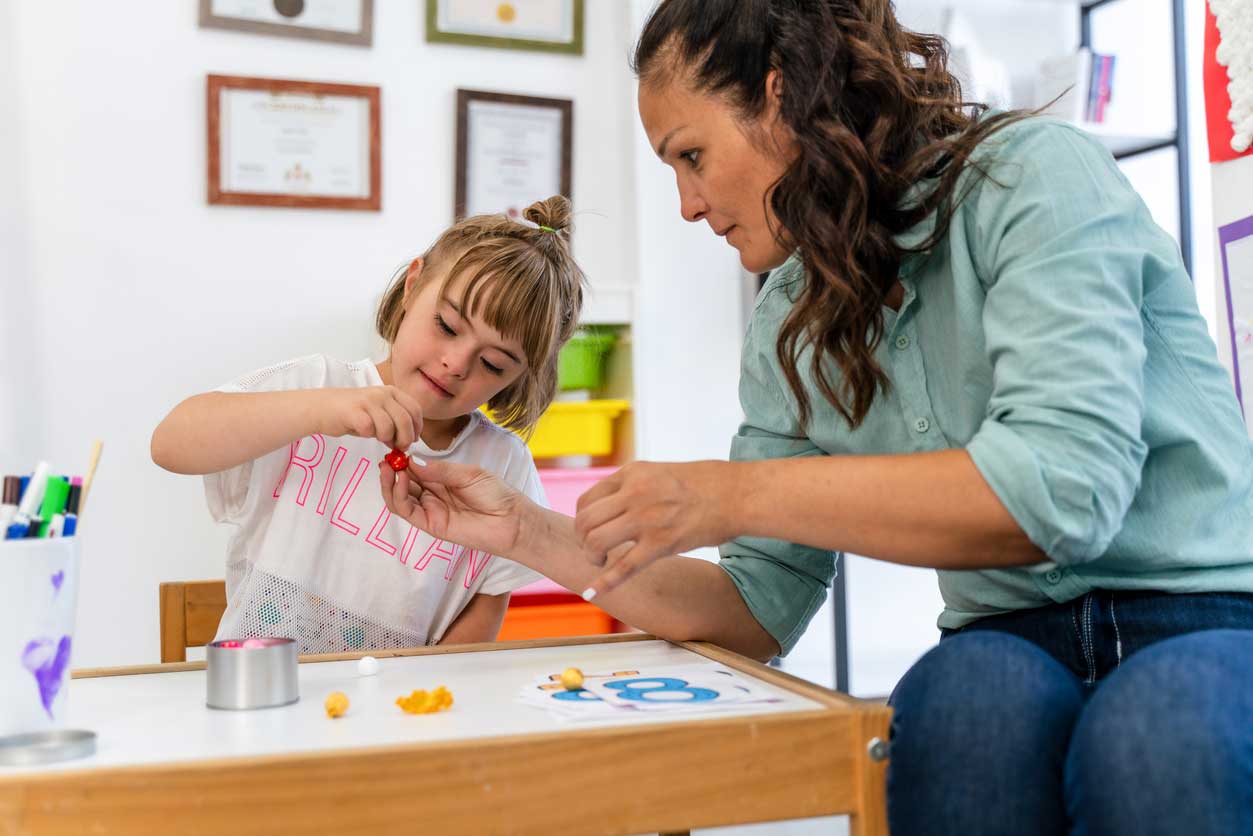
Let’s break down how a real clinic—yep, the kind families actually visit—operates in this landscape:
Attributes parents value
Honest risk talks
Clear treatment duration and cost breakdowns (money, always a tough topic)
Experienced doctors
A sense of community—other families “walking the walk”
Let’s look at it in bullet points—because sometimes, only a list feels clear enough.
Efficacy
Some positive data, but results mixed overall
Safety
No major red flags, but—let’s be real—long-term data just isn’t here yet
Protocol
Varies by clinic; R3 Stem Cell Mexico puts “clinical support” front and center
Availability
Treatment is easier in countries with looser rules (Mexico, Panama, etc.)
What’s Measured
What Studies Say
What Parents Say
CARS Score (Symptom Drop)
~6–9 point reduction
“We saw behavior changes, some dramatic”
Safety
No serious adverse events vs control
“No big scares, minor fever or nausea”
Improvement Rate
62% respond vs 60% (placebo)
“For us, results were mixed or subtle”
Cost/Accessibility
Not discussed in papers
“It’s expensive, not covered by insurance”
Long-term Benefits
Data not available – needs more research
“Still waiting, hoping, sometimes frustrated”
Quotes you shouldn’t miss:
“No significant difference in adverse reactions between the stem cell group and the control group.” — Frontiers in Pediatrics, 2022
“There isn’t enough evidence about the long-term safety or effectiveness of stem cell therapy for autism.” — Raising Children Network, 2024
“Current evidence suggests that cell therapy significantly improves clinical scales in autism…stem cell therapy is promising and safe, but more studies are needed.” — Stem Cell Reviews and Reports, 2022
“No significant difference in adverse reactions between the stem cell group and the control group.” — Frontiers in Pediatrics, 2022
“There isn’t enough evidence about the long-term safety or effectiveness of stem cell therapy for autism.” — Raising Children Network, 2024
“Current evidence suggests that cell therapy significantly improves clinical scales in autism…stem cell therapy is promising and safe, but more studies are needed.” — Stem Cell Reviews and Reports, 2022
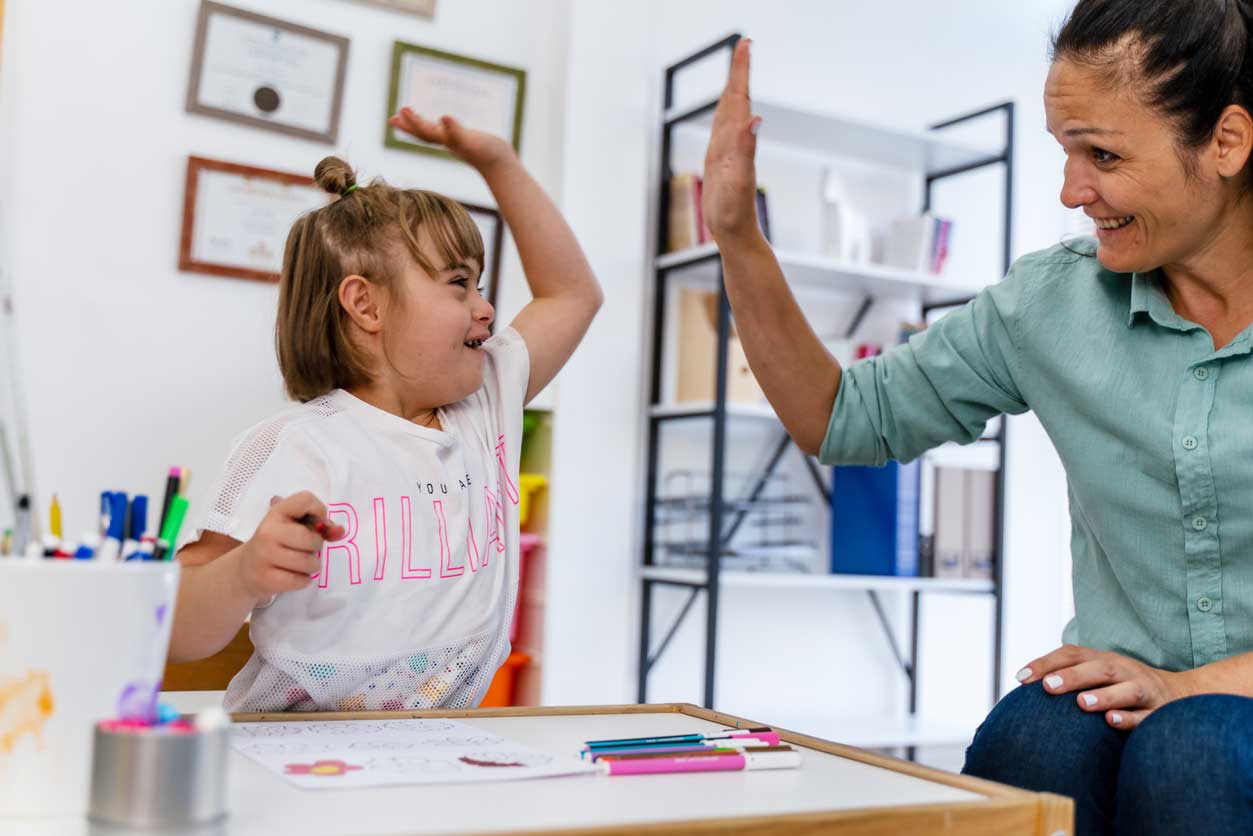
Stop, Look, Listen: Don’t Let Hype Decide for You
So, you’ve read the headlines, seen a few shaky YouTube “success” videos, and maybe your favorite autism Facebook group is buzzing about stem cell therapy. It feels like everyone’s found the magic door—except nobody’s sure what’s actually behind it.
Before you hand over your hope (and your savings), take a breath. Let’s break this down the way any friend would want for you: honest, a little skeptical, but always rooting for you to get answers that matter.
Is Stem Cell Therapy Safe for My Child?
Here’s the straight scoop. Across big meta-analyses and clinic reports—including those from clinics such as R3 Stem Cell Mexico—therapy is called non-invasive and pretty SAFE for most kids in the short term. No one’s ignoring the risks, but the main side effects are things like mild fever, headaches, or temporary crankiness.
No major emergencies have been tied to treatment. Still, long-term effects? Ask any real researcher, and they’ll tell you: we don’t know enough—yet. Every week, new research comes out, which is both promising and kind of a warning sign to slow down and stay smart.
Factor
What We Know
Serious risks
None confirmed in trials as of 2022
Common side effects
Mild fever, headache, hyperactivity
Regulatory status
Not FDA or Australian government approved
g-term outcomes
Still unknown; not enough years of data
Clinic variation
A lot—shop carefully, ask questions
Okay, let’s talk effectiveness. Those CARS scores (Childhood Autism Rating Scale) went down by a noticeable margin in the studies—sometimes six to nine points, which therapists call “meaningful” improvement. But, there’s a catch. Results change from one kid to another, and no one—no matter what a website claims—can guarantee a total turnaround.
Doctors, neurologists, and stem cell experts all agree on this: Autism is a complex brain disorder. Improvements may be bright in one child, subtle in the next, and in a few—well, nowhere to be seen (for now).
Curious about stem cell therapy costs and treatment options? R3 Stem Cell Mexico provides transparent pricing and expert guidance at 888-988-0515.
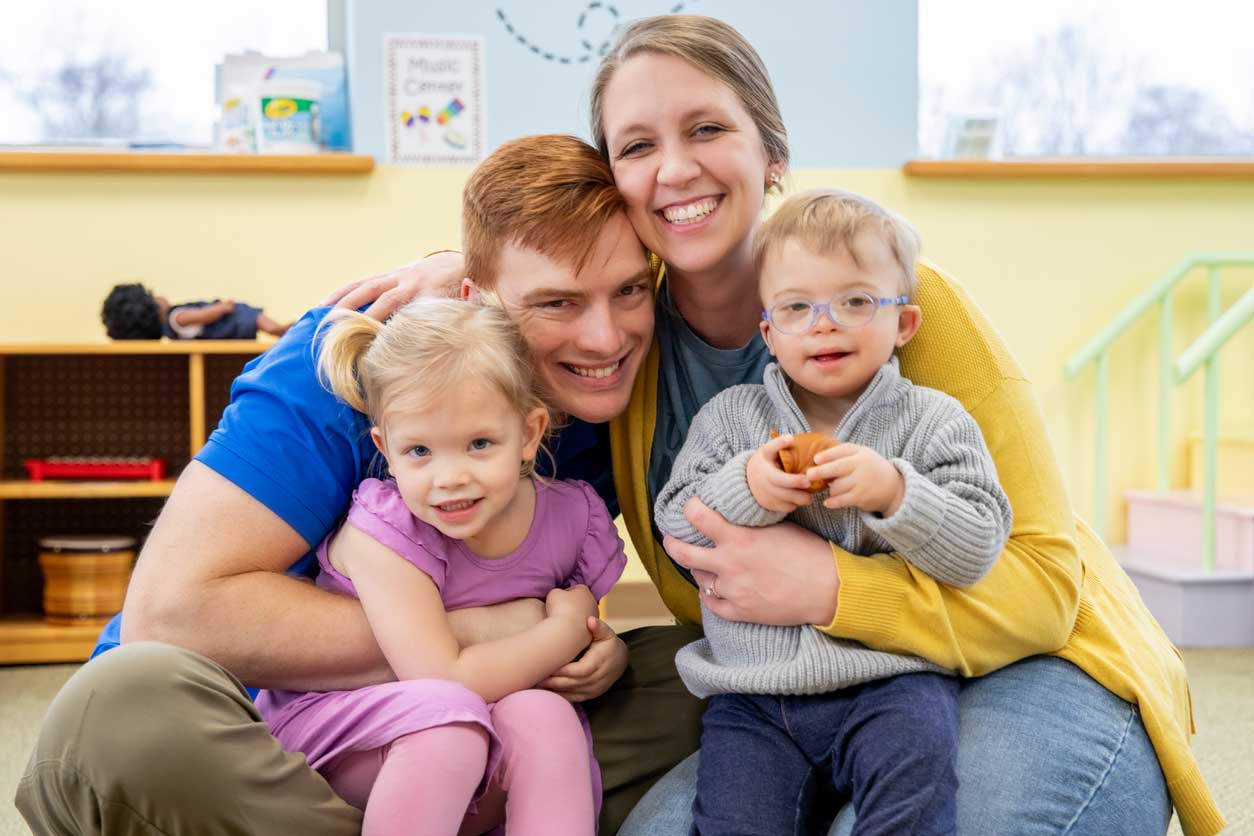
Families who choose R3 Stem Cell Mexico say the clinic’s protocols feel professional, and staff keep them informed. Some parents see their child’s social skills or language improve; some see less stimming or better concentration. Others, just a little progress—or only a lighter wallet.
Here’s what real parents juggle:
Here are five things every parent should do before saying “yes” to stem cell therapy:
Here’s the truth straight from the researchers themselves:
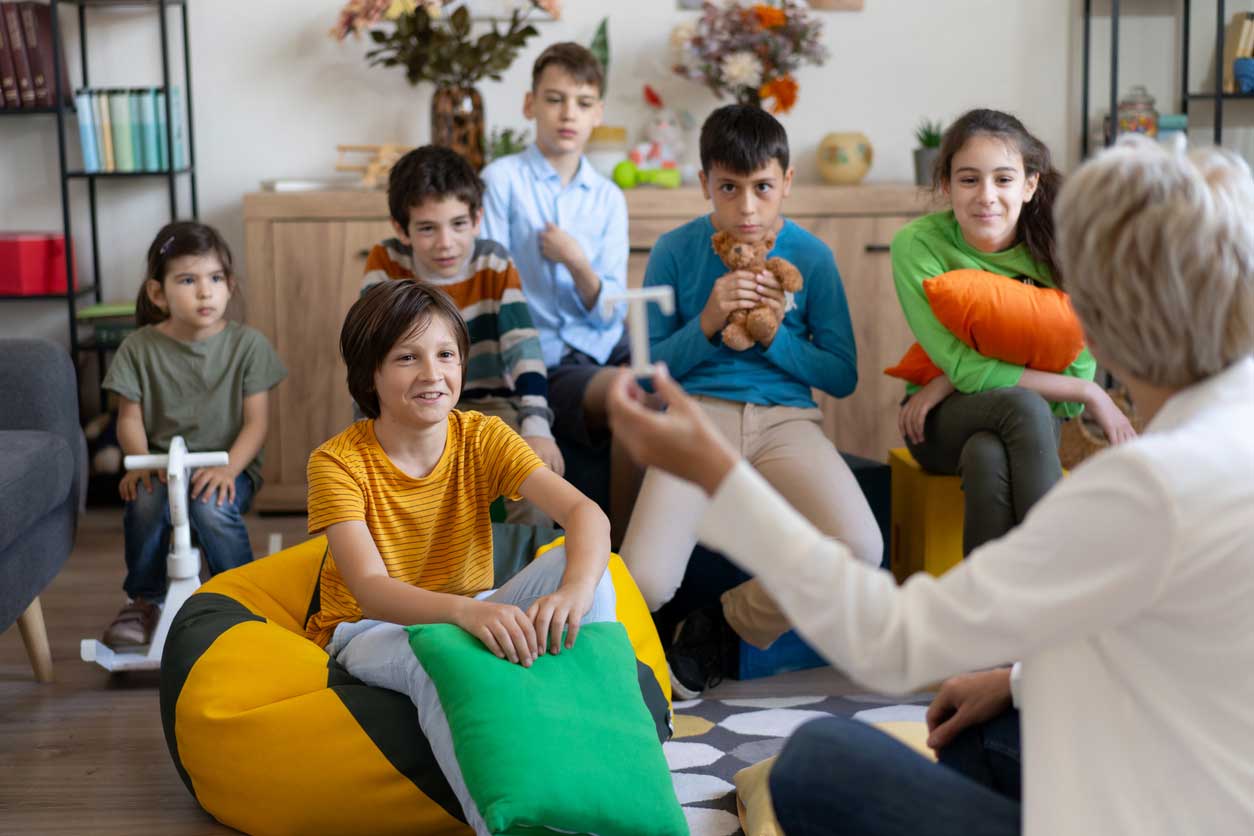
If you’re considering stem cell therapy for autism, don’t feel pressured by hope, hype, or slick marketing. The numbers are promising, but the story isn’t finished. R3 Stem Cell Mexico stands out for parents seeking an option outside traditional systems—but every decision deserves careful thought, honest questions, and a heaping dose of caution.
Every child is unique. Every therapy journey is personal. The best thing you can do? Stay informed, stay kind to yourself, and remember: chasing every lead is the mark of a good parent, not a desperate one.
Ready to keep learning? Speak to professionals, read the real science, and—if you want to understand what R3 Stem Cell Mexico offers—reach out to our team for a real conversation, not just a brochure.
Remember, “miracle” is just another word for “unproven” until the evidence is truly in. Keep searching. Keep asking the hard questions. For your child—for yourself—that’s the smartest step of all.
Qu, J., Liu, Z., Li, L., Zou, Z., He, Z., Zhou, L., Luo, Y., Zhang, M., & Ye, J. (2022). Efficacy and Safety of Stem Cell Therapy in Children With Autism Spectrum Disorders: A Systematic Review and Meta-Analysis. Frontiers in pediatrics, 10, 897398. https://doi.org/10.3389/fped.2022.897398
Narzisi, A., Halladay, A., Masi, G., Novarino, G., & Lord, C. (2023). Tempering expectations: considerations on the current state of stem cells therapy for autism treatment. Frontiers in psychiatry, 14, 1287879. https://doi.org/10.3389/fpsyt.2023.1287879
Ichim, T. E., Solano, F., Glenn, E., Morales, F., Smith, L., Zabrecky, G., & Riordan, N. H. (2007). Stem cell therapy for autism. Journal of translational medicine, 5, 30. https://doi.org/10.1186/1479-5876-5-30
Solmaz, G. D., & Erbaş, O. (2024). Perspectives on the use of stem cells for autism treatment. 2024, Volume 10 - Issue 3 | Demiroglu Science University Florence Nightingale Journal of Medicine. https://doi.org/10.5606/fng.btd.2024.163
Nabetani M, Mukai T, Taguchi A. Cell Therapies for Autism Spectrum Disorder Based on New Pathophysiology: A Review. Cell Transplantation. 2023;32. doi:10.1177/09636897231163217
Ballen, K., & Kurtzberg, J. (2021). Exploring new therapies for children with autism: “Do no harm” does not mean do not try. Stem Cells Translational Medicine, 10(6), 823–825. https://doi.org/10.1002/sctm.20-0548
Alessio, N., Brigida, A. L., Peluso, G., Antonucci, N., Galderisi, U., & Siniscalco, D. (2020). Stem Cell-Derived Exosomes in Autism Spectrum Disorder. International Journal of Environmental Research and Public Health, 17(3), 944. https://doi.org/10.3390/ijerph17030944
Villarreal-Martinez, Laura & González-Martínez, Gerardo & Saenz-Flores, Melissa & Bautista-Gómez, Andrea & Gonzalez Martinez, Adrian & Ortiz-Castillo, Miguel & Robles-Sáenz, David & Garza-López, Elizabeth. (2022). Stem Cell Therapy in the Treatment of Patients With Autism Spectrum Disorder: a Systematic Review and Meta-analysis. Stem Cell Reviews and Reports. 18. 10.1007/s12015-021-10257-0.
Alessio, N., Brigida, A. L., Peluso, G., Antonucci, N., Galderisi, U., & Siniscalco, D. (2020). Stem Cell-Derived Exosomes in Autism Spectrum Disorder. International Journal of Environmental Research and Public Health, 17(3), 944. https://doi.org/10.3390/ijerph17030944
Contact US
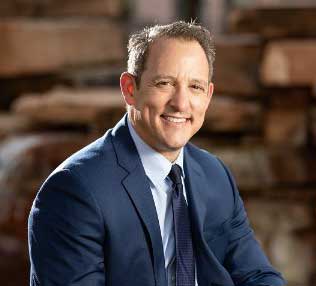
Dr. David Greene
MD, PhD, MBA
Dr. David Greene, MD, PhD, MBA, is a pioneering leader in regenerative medicine and healthcare marketing. As a residency and fellowship-trained orthopedic surgeon, Dr. Greene transitioned from clinical practice to become the founder and CEO of R3 Stem Cell and US Lead Network, where he has revolutionized patient care and medical practice growth through innovative therapies and digital marketing strategies. He has authored two influential books on healthcare internet marketing, ranks among the top expert authors globally, and has been featured on the cover of Corporate Vision magazine for his impact on global regenerative therapies. Beyond his professional achievements, Dr. Greene is passionate about education, compassion, and continuous innovation.

About R3 Stem Cell Mexico
Follow Us
Quick Links
Disclaimer
Stem cell therapy is considered experimental and is regulated by the U.S. Food and Drug Administration (FDA), but it is not FDA-approved. R3 Stem Cell does not offer stem cell therapy as a cure for any medical condition. No statements made on this site have been evaluated or approved by the FDA. This site does not provide medical advice. All content is for informational purposes only and is not a substitute for professional medical consultation, diagnosis, or treatment. Reliance on any information provided by R3 Stem Cell, its employees, others appearing on this website at the invitation of R3 Stem Cell, or other visitors to the website is solely at your own risk. R3 Stem Cell does not recommend or endorse any specific tests, products, procedures, opinions, or other information that may be mentioned on this website. R3 Stem Cell is not responsible for the outcome of your procedure. The FDA considers stem cell therapy experimental at this point.
Contact Us
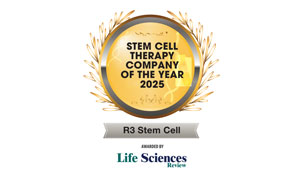


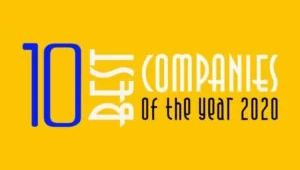
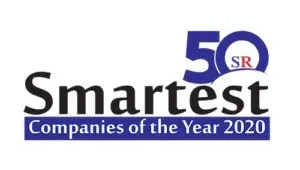
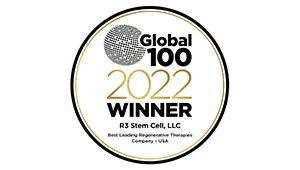
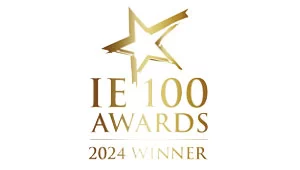
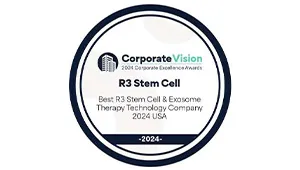
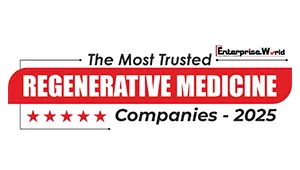
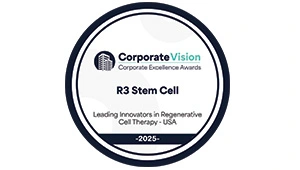
Copyright © 2016 – 2025 R3 Stem Cell